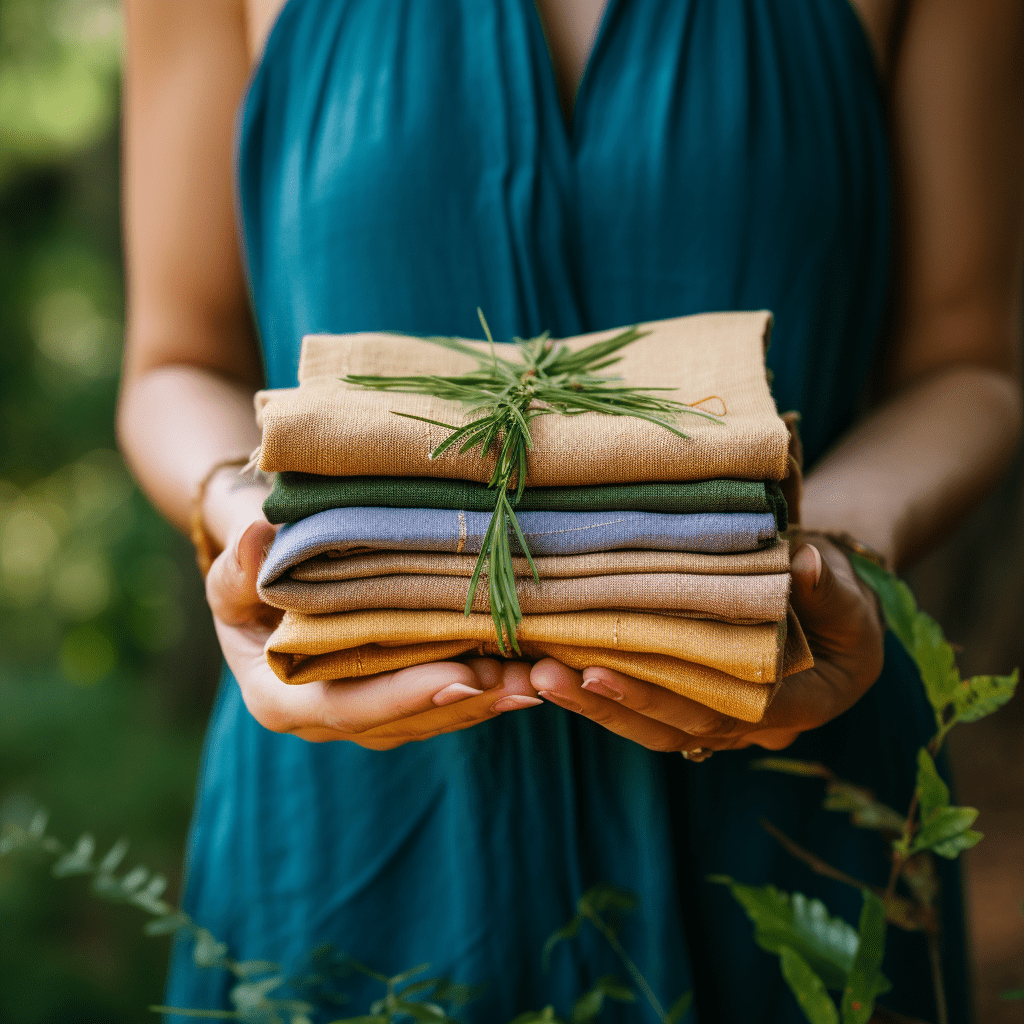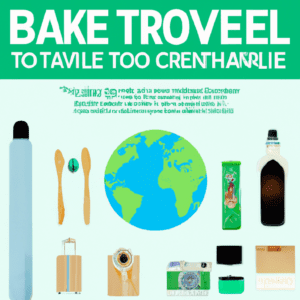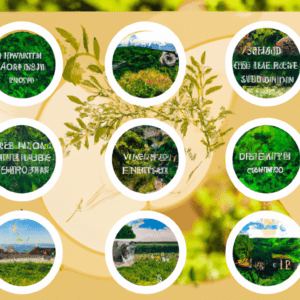Title: A Green Thread in the Tapestry of Life: Choosing Cloth Over Paper
Imagine the earth as a stunning tapestry, intricately woven and bursting with life. Yet each day, this masterpiece faces threats that can unravel its beauty. It’s up to us to strengthen the weave by altering our habits. A seemingly trivial change—swapping paper for cloth—can form a green thread in our daily lives and mend the tapestry for generations to enjoy.
My mind races with the thought of our beautiful blue marble spinning in space, grappling with climate change and environmental harm. Growing up with a soldering iron in one hand and an open-source manual in the other, I’ve always been acutely aware that the choices we make leave an indelible footprint on this earth. And let me tell you, folks, shifting from paper to more lasting cloth items is a small, yet strong, stitch in mending our planet’s future.
You may not think about it much, but paper’s toll on our globe is steep.I’ve seen this first-hand when teaching my parents to skim their emails for phishing scams—the sheer volume of waste digital spam can generate when it translates into physical junk mail is astounding! But it’s not just junk mail; paper products come from our precious trees, leading to deforestation, and the manufacturing process is thirsty work for our water supplies—quite the conundrum. Plus, don’t get me started on the pollution aspect. It makes you pause and reckon with reality, right? Meanwhile, cloth stands as a staunch champion of sustainability—strong, reusable, and long-lasting.
Picture this: a dinner table graced with cloth napkins. They’re not just eco-friendly, they bring an air of finesse—classy and practical! I’ve spilled enough coffee at my workstation to know absorbency is key, and cloth napkins soak it up like a sponge. Not to mention they’re washable, durable, and can stick around much longer than any paper napkin. They’re simple to craft from leftover materials or buy with lovely patterns that catch the eye.
In the kitchen, I used to grab paper towels without a second thought until I realized I was just contributing to the mountains of trash piling up in landfills. So, I switched to cloth towels and, boy, do they sop up spills efficiently! They’re a snap to clean, too—just toss them in with the laundry, and they come out ready to tackle the next mess.
Don’t even get me started on the superhero status of old t-shirts repurposed into cleaning rags—talk about making an old dog do new tricks! They’re the unsung heroes of the cleaning world, outperforming paper products with ease and, best of all, they’re wash-and-go for an encore performance, again and again.
Sure, you might fork out a bit more green initially for cloth, but ponder the long-term boon to your wallet and our home planet. Cloth napkins and towels stand the test of time, unlike the ceaseless buying and tossing cycle of paper goods.
It’s not just about slashing paper waste. It’s about cultivating the habit of reuse, of choosing what’s enduring over what’s easy. These minute shifts may seem trivial in isolation, but bundled together, they form a mighty force in cutting down waste and charting a course toward a verdant, sustainable horizon.
So next time you’re on autopilot, reaching for that stack of paper goods, hit pause. Mull over the ripple effect of that small selection and opt for the cloth alternative. It’s a simple choice with complex benefits. We must all play our part in this shared obligation to our cherished earth. Let’s commence this transition—not because it’s trendy, but because it’s necessary. For the planet, for us, for the tapestry of life that we are all a part of.
As developers, marketers, and web designers, we build and shape the digital world daily. But in the end, it’s our tangible reality that bears the consequences of our actions. When I explain to my parents the latest scheme to invade their inbox, there’s a clear parallel: protect your personal landscape from the scams and clutter, just as you must protect our environmental one from waste and degradation.
TL;DR Key Points
- Swapping paper for cloth items has far-reaching environmental benefits.
- Paper production contributes to deforestation, water usage, and pollution.
- Cloth items like napkins and towels add elegance and are highly sustainable.
- Repurposing old fabrics for cleaning rags reduces waste and performs better in some cases.
- The upfront cost of cloth is outweighed by long-term savings and environmental preservation.
- Switching to cloth promotes a mindset of reusability and responsibility for our planet’s health.











